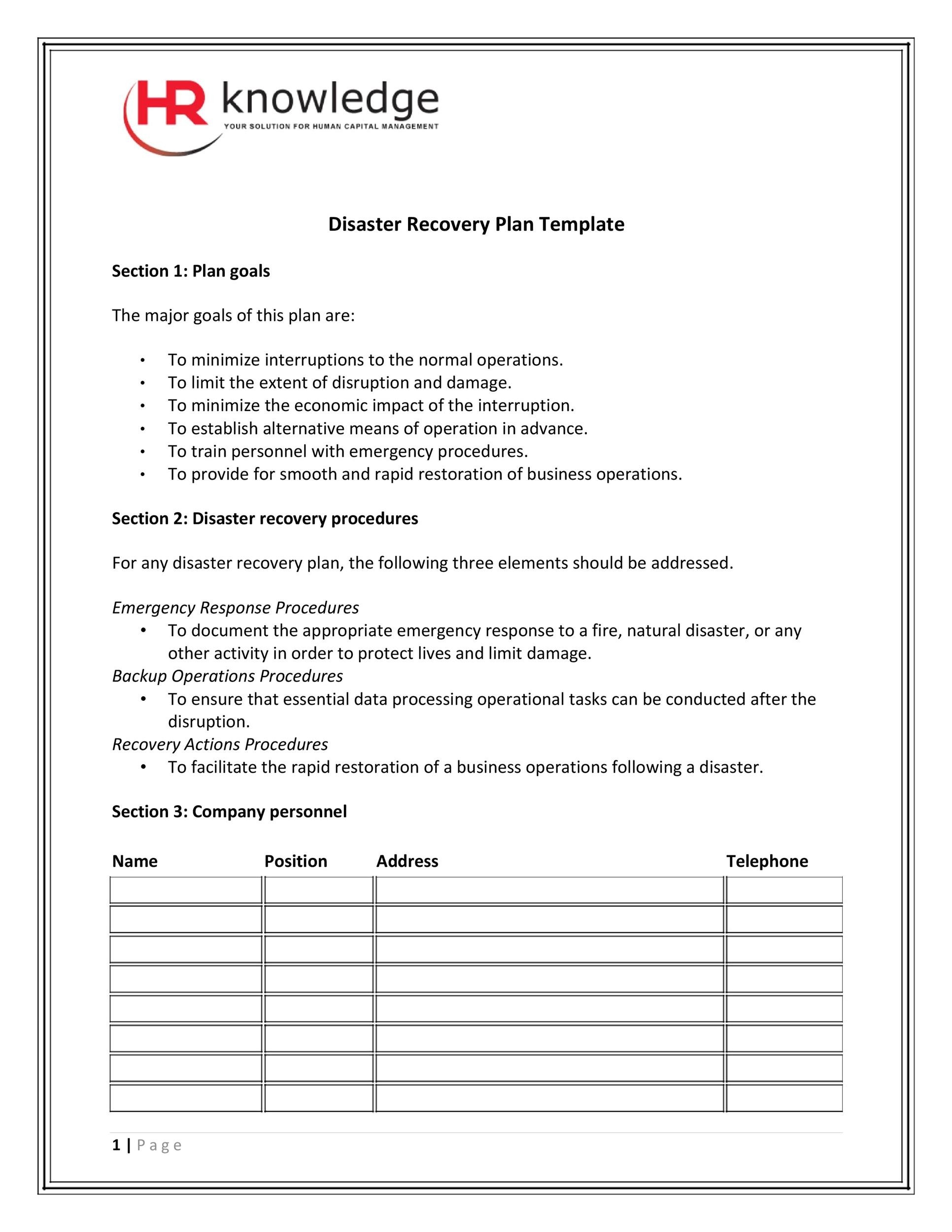Having a data recovery plan in place is crucial for any organization to ensure that valuable data is protected and can be quickly restored in case of a disaster. A data recovery plan template helps businesses outline the steps and procedures needed to recover data in the event of data loss.
Creating a data recovery plan template involves identifying critical data, establishing backup procedures, and assigning responsibilities to ensure a smooth recovery process. By having a well-defined plan in place, organizations can minimize downtime and prevent potential data loss disasters.
Key Components of a Data Recovery Plan Template
1. Identify Critical Data: The first step in creating a data recovery plan is to identify the critical data that needs to be protected. This includes important documents, databases, customer information, and financial records. By prioritizing data, organizations can focus on recovering the most crucial information first.
2. Establish Backup Procedures: Once critical data is identified, organizations need to establish backup procedures to regularly backup data. This can include using cloud storage, external hard drives, or backup servers. It is essential to have multiple backup copies stored in different locations to ensure data redundancy.
3. Assign Responsibilities: Assigning responsibilities to key personnel is essential in ensuring that the data recovery plan is executed effectively. Designate individuals who will be responsible for backing up data, monitoring backups, and initiating the recovery process in case of data loss.
4. Test and Update Plan: Regularly testing and updating the data recovery plan is crucial to ensure that it is effective and up to date. Conducting regular drills and simulations can help identify any weaknesses in the plan and make necessary adjustments to improve data recovery procedures.
5. Communication Plan: In the event of a data loss disaster, clear communication is essential to ensure that all stakeholders are informed and updated on the recovery process. Establish a communication plan that outlines how information will be disseminated and who will be responsible for communicating with employees, customers, and other key stakeholders.
By following a data recovery plan template that includes these key components, organizations can minimize the impact of data loss disasters and ensure that critical data is protected and quickly restored. Implementing a data recovery plan is essential for any organization that values its data and wants to safeguard against potential data loss risks.
